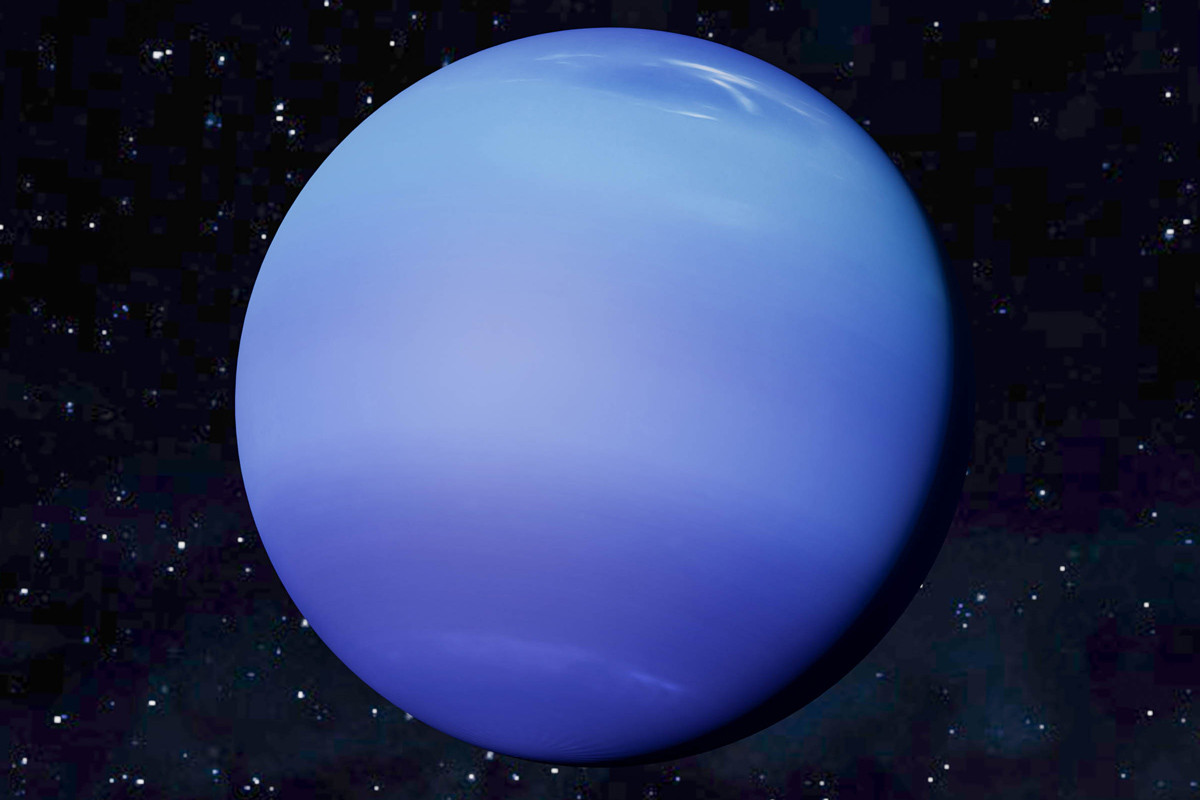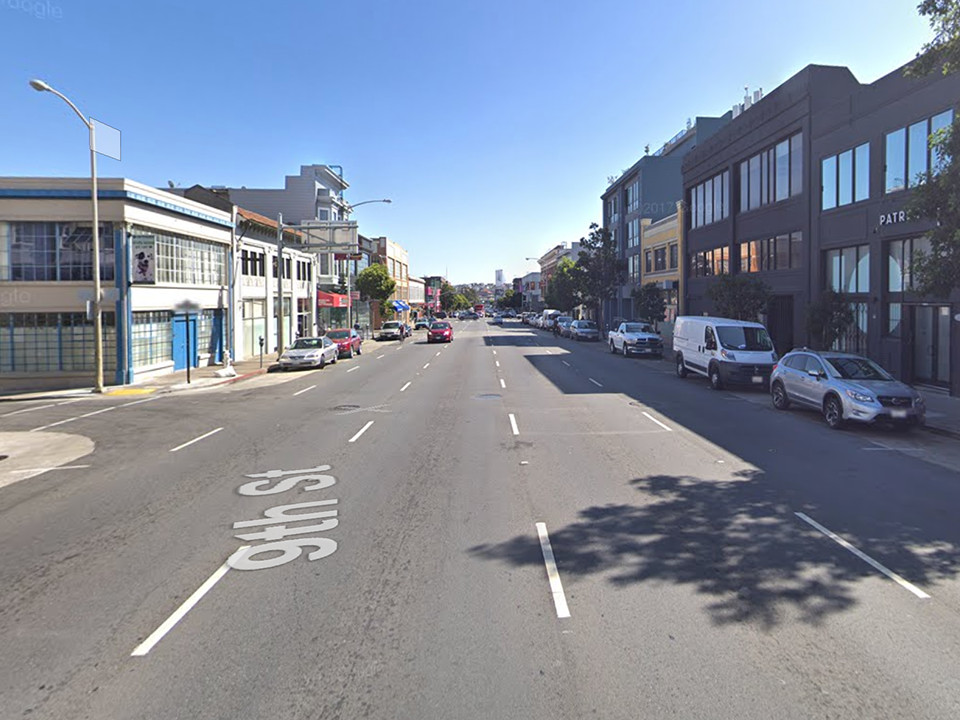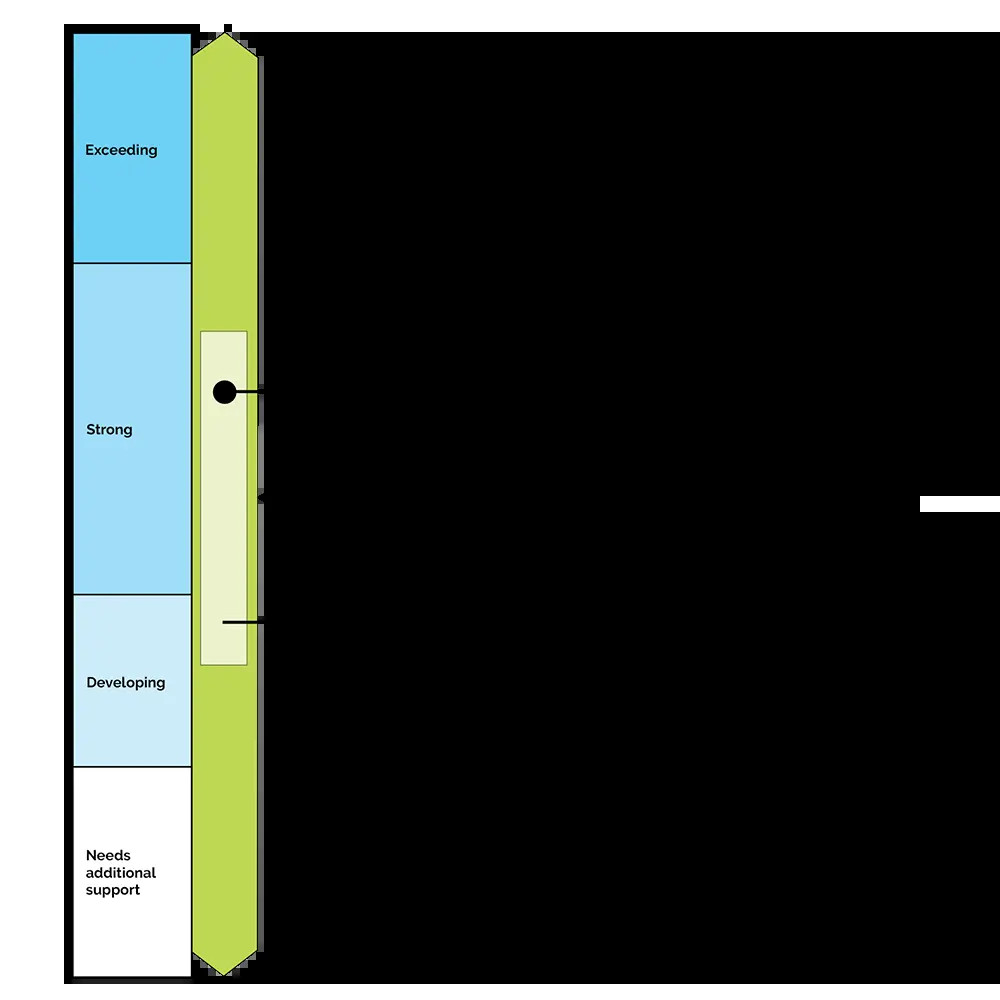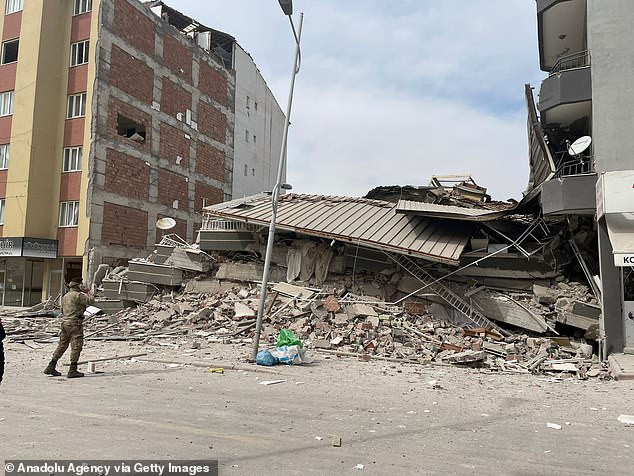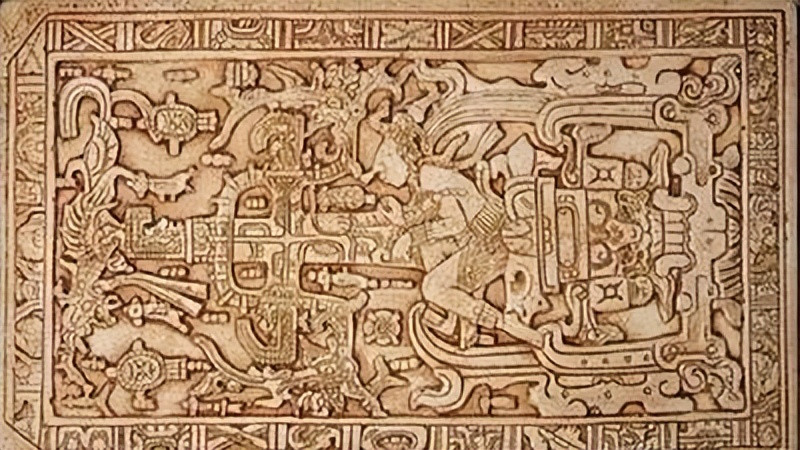On this day in 1846, Neptune is observed by the Berlin Observatory by astronomer Johann Gottfried Galle (assisted by Heinrich Louis d’Arrest), working from calculations of Urbain Le Verrier. It was a sensational moment of 19th-century science, and dramatic confirmation of Newtonian gravitational theory. In François Arago’s apt phrase, Le Verrier had discovered a planet “with the point of his pen”.
This only happens less than once a year and is the perfect time to see the blue beauty
Neptune will be at the brightest point in its orbit all year in the skies tonight (Friday, September 20). The planet will be at 'opposition' with the Earth, which means we will be directly between it and the sun.
This point means it's in perfect viewing condition from Earth, shining brighter than any stars. It also makes it especially easy to locate as it's exactly opposite to the sun so as it sets in the west, Neptune shall rise in the east.
Neptune will reach this point at around 10.43pm, reports Starwalk. However, will be visible from sunset before peaking at that time.
Finding Neptune
Despite London's light pollution, the planet is likely to be visible. Neptune is closer compared to the stars, which can be difficult to see with pollution.
“If you really want to get the best photo of a planet you want to try and aim for when it’s riding really high in the sky and ‘at opposition’,” Steve Marsh, Astronomy Photographer of the Year judge and BBC Sky at Night Magazine editor told Royal Museums Greenwich.
He continued: “You want the air to be nice and still. If you can get all those three things combined then you are going to have a really great picture at the end of it.”
Astronomy expert and Educational Officer from Greenwich Observatory Jessica Lee, 30, told MyLondon: “Planets are quite a good shout for London actually. The brighter planets you can see just with your eyes and some of them are brighter than stars so they're easier to see from London than stars are to see from London.”
Jessica gave some general advice about where to find a good spot to see Venus. She said: “It's a tricky one because of all the light pollution. Any open space without streetlights is the best we have really. So somewhere like Blackheath.”
She continued: “Even if you can't go to a park or someone doesn't feel safe going to a park, you can still see stars and planets from London. The most important thing is to let your eyes adjust - so say you're in your own back garden, you would face away from whatever streetlight or lights from your house you can see, don't look at your phone, turn your torch off and just look at the sky for 10 to 15 minutes and the noticing stars you couldn't see before.”
Top Stargazing Spots in London
One of the more obvious places you might want to go is the Royal Observatory Greenwich and its surrounding parks - a stargazing hot spot for the past 400 years.
If you're really keen to find a darker spot Ruislip Lido is a great place - a reservoir with an artificial beach that is in an alcove of un-light polluted skies as it is protected by woods that keep prying lights on the horizon at bay. The venue is often used by the West Of London Astronomical Society for public stargazing events.
Blythe Hill Fields in Lewisham is another top spot for stargazing, according to GoStargazing and DarkSkyLondon. The viewpoint is high up enough to avoid a lot of the worst of London's light pollution and offers the added bonus of a good view south of the city - away from the lit-up centre towards Kent and Surrey. Primrose Hill in North London is also a top spot for looking out at our planetary neighbours.
What to Look For
Neptune is a beautifully rich blue colour because of the methane in its atmosphere which absorbs red light and reflects blue. It is 17 times the mass of the Earth but is exceptionally cold because it is 30 times further away from the sun than we are (about 2.8 billion miles away from it).
This means it is a bitter -214°C on the planet. It is thought that diamonds rain on Neptune due to the massive atmospheric pressure and temperatures below the planet's surface. The planet itself is made up of hydrogen, helium, water, silicates, and methane so does not have a solid surface.
This is fitting as it is named after the Roman god of the Sea. It also has six rings, like Saturn does, but they are much harder to see. The rings are thought to be relatively young and may have been created by the fragmentation of moons that once orbited Neptune. There are still 14 moons which orbit the giant blue planet with Triton being the largest. Neso is the outermost moon and orbits Neptune farther than any other moon in the solar system.
A Final Note
Only planets further away from Earth can be in opposition because we have to be between the sun and the planet. Mars, Jupiter, Saturn, Uranus and Neptune can all be in opposition to the Earth. Because Venus and Mercury are closer to the Sun than the Earth, they can never be in opposition.
Planets are one of the few things that stargazers in London can still enjoy because they're much closer to us that distant stars which are often blotted out by light pollution.




